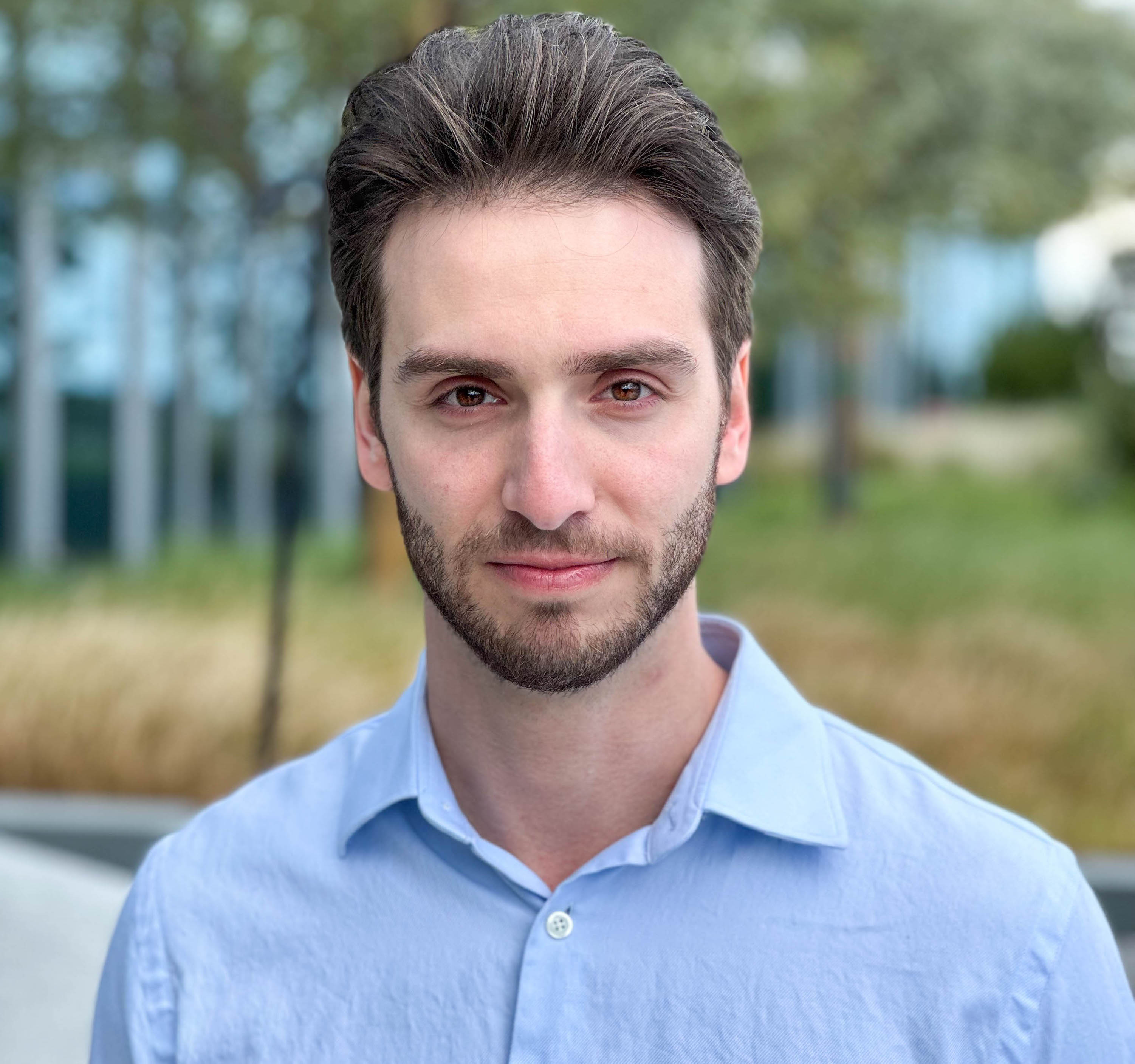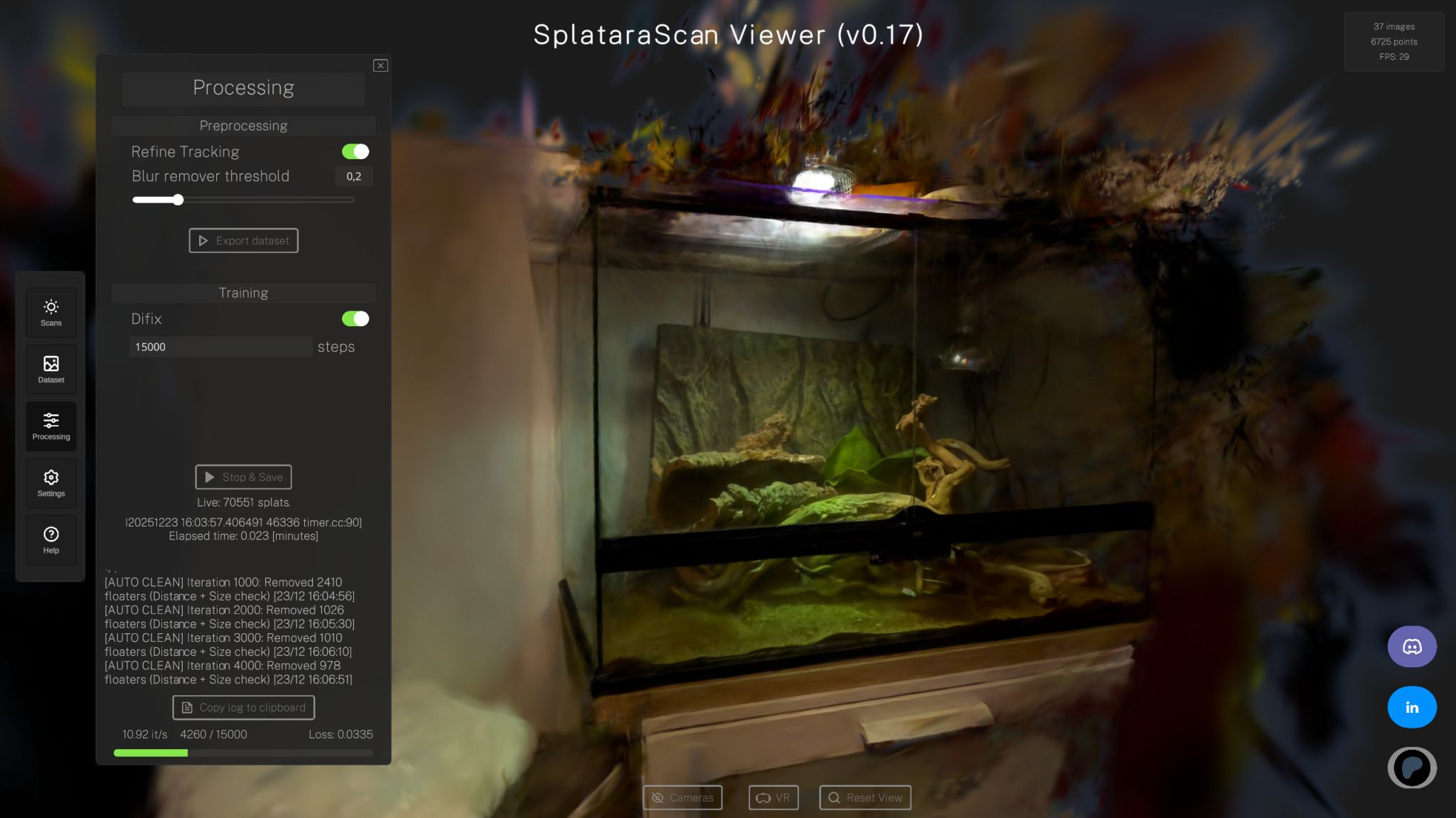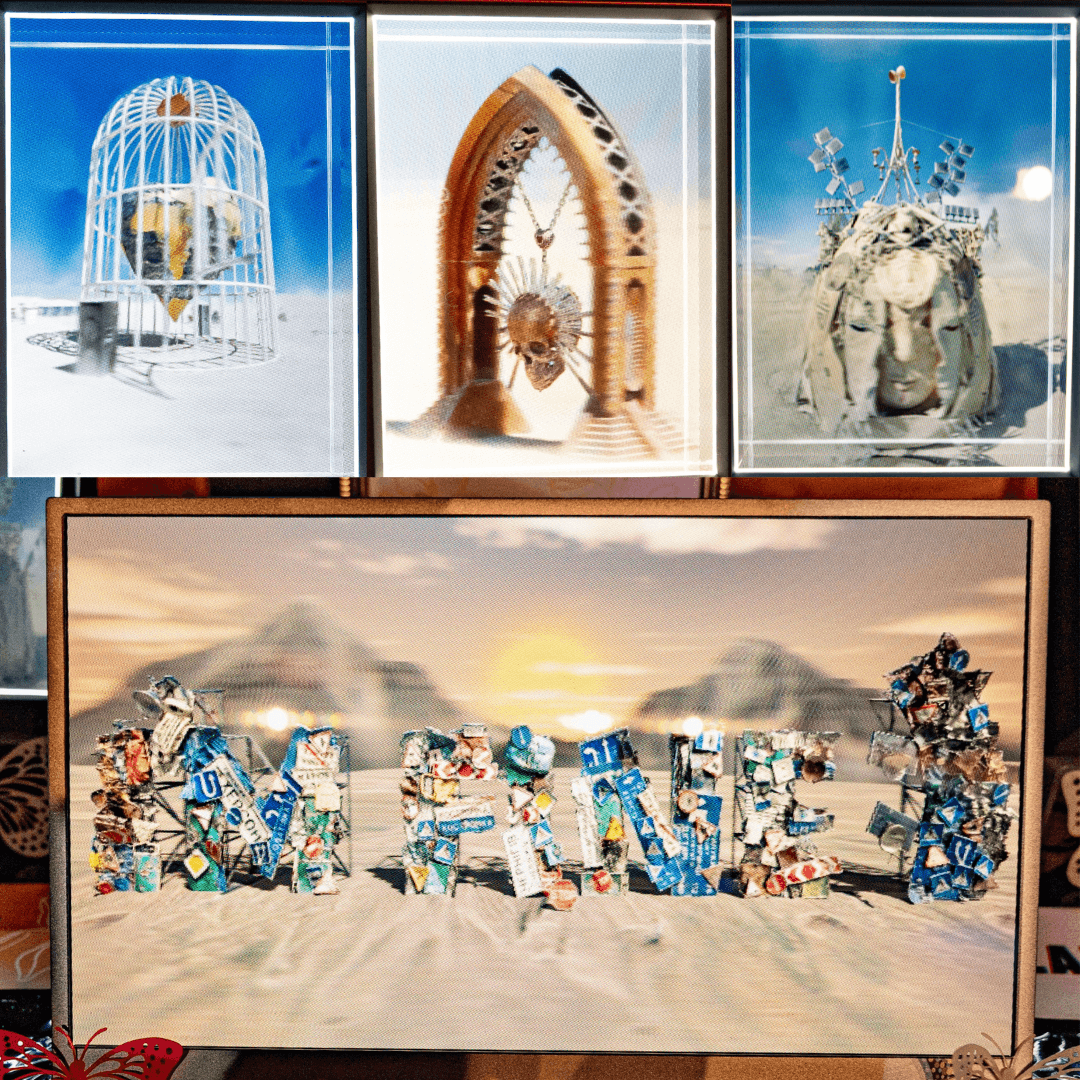
Michael Rubloff
Oct 1, 2025
Back at SIGGRAPH 2025, I had the honor of hosting a joint Birds of a Feather session together with Dr. Lukasz Mirocha (Opus Lab / City University of Hong Kong) designed to connect the radiance fields research community directly with people building real world products.
Although the ACM team did not record the session, the room was full of thoughtful questions from an audience eager to see how these two worlds are colliding. Gaussian splatting may only have been published recently, but its journey into tangible applications has been remarkably fast.
As part of our commercial track, we had guest speakers including Navjeet Chhina, whose real estate focused gaussian splatting platform, Nucleus4D, recently exceeded over 10 million+ square feet reconstructed.
We also were able to hear from John Makar, from the District Cinema team, who has seen a real impact in the entertainment industry using gaussian splatting. His team is able to rapidly reconstruct real life using the radiance field method and then utilize this for a host of different virtual production applications.
Excitingly we also had the opportunity to include David Rhodes, who is half of the development team behind CGNomads. Their GSOPs implementation brings gaussian splatting into Houdini and has been used by some of the world’s most prominent VFX houses including Framestore with Superman and RodeoFX with Dune: Prophecy.

Interlaced with these presentations were the researchers who also showcased and helped validate why there are so many entrepreneurs excited about their endeavors. Through the session, we saw presentations from Pinxuan Daipin, whose work 4D Gaussian Videos with Motion Layering, is helping send us closer to a streamable dynamic 3D video future. If that wasn’t exciting enough, we also heard from Francisco Vicente Carrasco, whose Echoes from the Coliseum show us a very real future whereby we can experience sports not only from the stands, but from the court itself.
Another presenter, Francis Williams at NVIDIA, spoke about fVDB, which is on the cusp of seeing a formal release. fVDB is a deep learning framework that sets a powerful and modular library for the spatial future.
Finally Nicolas Violante from Inria, home of the original gaussian splatting paper took us through Splat and Replace. You can imagine how many repetitive areas in a 3D reconstruction there can be, so why not use them to our advantage? They segment each repeated instance, register them together, and allow information to be shared among instances, ultimately improving the reconstruction fidelity.
While the next SIGGRAPH is still a ways away, we hope to facilitate more of these conversations that pair people who are genuinely interested and interested in the technology together and show how the work that is being done in research shall be appreciated by the world at large and the end users who are rapidly being exposed to the world of lifelike 3D.
This dialogue is global, and it’s just beginning. If you’re a researcher or someone building with these technologies, we’d love to connect and help shine more light on your work. The session will return for SIGGRAPH Asia. If you are attending and would like to present, please reach out!







